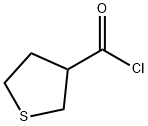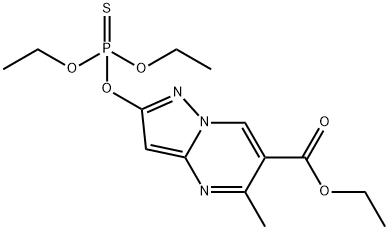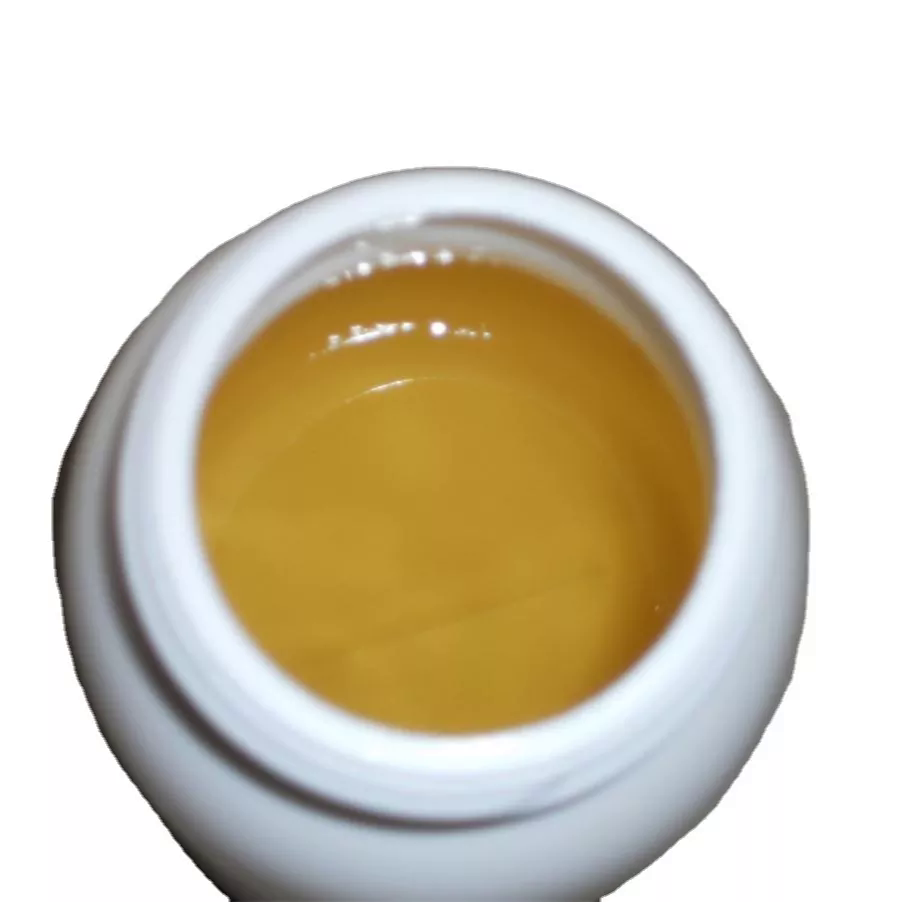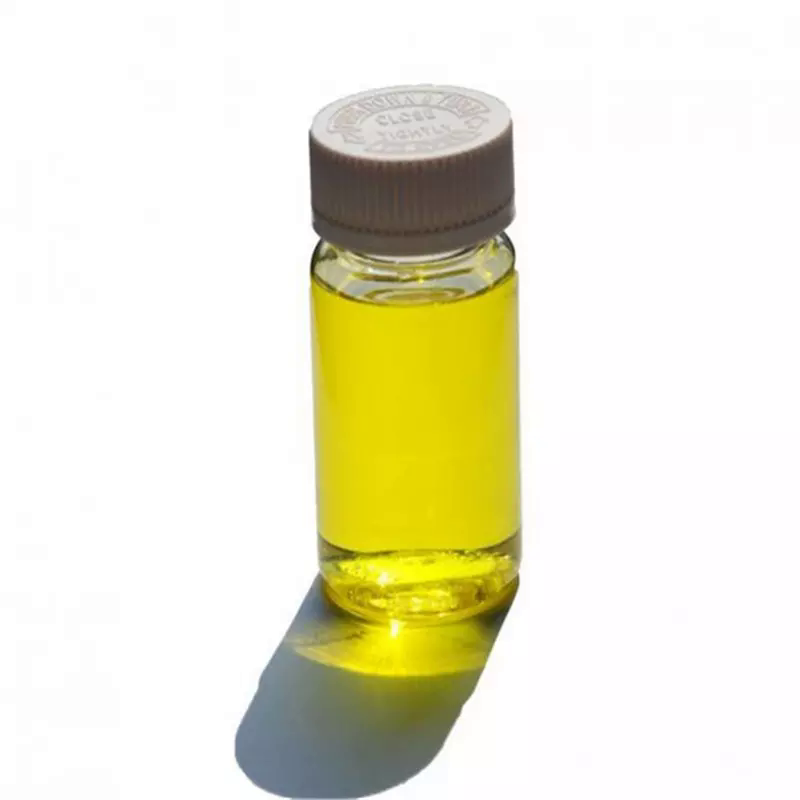2-Thiophenecarbonyl chloride
Synonym(s):α-Thenoyl chloride
- CAS NO.:5271-67-0
- Empirical Formula: C5H3ClOS
- Molecular Weight: 146.59
- MDL number: MFCD00005428
- EINECS: 226-092-4
- SAFETY DATA SHEET (SDS)
- Update Date: 2024-10-30 18:52:02

What is 2-Thiophenecarbonyl chloride?
Chemical properties
CLEAR COLOURLESS TO YELLOW-GREY LIQUID
The Uses of 2-Thiophenecarbonyl chloride
2-Thiophenecarbonyl Chloride is used in the synthesis of substituted pyridines as selective and highly effective GPR119 agonists. It is also seen in the preparation of diuretics.
The Uses of 2-Thiophenecarbonyl chloride
2-Thiophenecarbonyl chloride was used in the synthesis of building blocks derived from ornithine by undergoing acylation/sulphonation of copper complex of orthinine.
What are the applications of Application
2-Thiophenecarbonyl chloride is used in the synthesis of building blocks
General Description
The postfunctionalization reaction of 2-thiophenecarbonyl chloride with single walled carbon nanotubes (SWCNTs) was studied.
Properties of 2-Thiophenecarbonyl chloride
| Boiling point: | 206-208 °C (lit.) |
| Density | 1.371 g/mL at 25 °C (lit.) |
| refractive index | n |
| Flash point: | 195 °F |
| storage temp. | 2-8°C |
| solubility | Chloroform |
| form | Liquid |
| color | Clear colorless to yellow-gray |
| Specific Gravity | 1.371 |
| Sensitive | Moisture Sensitive |
| BRN | 110145 |
| CAS DataBase Reference | 5271-67-0(CAS DataBase Reference) |
| NIST Chemistry Reference | 2-Thiophenecarbonyl chloride(5271-67-0) |
| EPA Substance Registry System | 2-Thiophenecarbonyl chloride (5271-67-0) |
Safety information for 2-Thiophenecarbonyl chloride
| Signal word | Danger |
| Pictogram(s) |
 Corrosion Corrosives GHS05 |
| GHS Hazard Statements |
H290:Corrosive to Metals H314:Skin corrosion/irritation |
| Precautionary Statement Codes |
P280:Wear protective gloves/protective clothing/eye protection/face protection. P303+P361+P353:IF ON SKIN (or hair): Remove/Take off Immediately all contaminated clothing. Rinse SKIN with water/shower. |
Computed Descriptors for 2-Thiophenecarbonyl chloride
| InChIKey | QIQITDHWZYEEPA-UHFFFAOYSA-N |
Abamectin manufacturer
Sarna Chemicals Private Limited
1Y
Phone:+91-9979863057
Whatsapp: +91 9979863057
product: 5271-67-0 99%
Sri Neelima Laboratories
1Y
Phone:+91-9849736989
Whatsapp: +91 9849736989
product: 2-Thiophenecarbonyl chloride 99%
Aether Industries Limited
1Y
Phone:+912616603130
Whatsapp: 91 2616603130
product: 2-Thiophenecarbonyl chloride 5271-67-0 99%
New Products
4-Aminotetrahydropyran-4-carbonitrile Hydrochloride (R)-3-Aminobutanenitrile Hydrochloride 4-AMINO-TETRAHYDRO-PYRAN-4-CARBOXYLIC ACID HCL 4-(Dimethylamino)tetrahydro-2H-pyran-4-carbonitrile 3-((Dimethylamino)methyl)-5-methylhexan-2-one oxalate 1,4-Dioxa-8-azaspiro[4.5]decane 5-Bromo-2-nitropyridine Nimesulide BP Aceclofenac IP/BP/EP Diclofenac Sodium IP/BP/EP/USP Mefenamic Acid IP/BP/EP/USP Ornidazole IP Diclofenac Potassium SODIUM AAS SOLUTION ZINC AAS SOLUTION BUFFER SOLUTION PH 10.0(BORATE) GOOCH CRUCIBLE SINTERED AQUANIL 5 BERYLLIUM AAS SOLUTION 2-Bromo-1-(bromomethyl)-3-chloro-5-nitrobenzene 2-Bromo-3-nitroaniline N-(3-Hydroxypropyl)-N-methylacetamide 3-Bromo-6-chloropyridazine 4-ethyl-3-nitrobenzoic acidRelated products of tetrahydrofuran








You may like
-
 5271-67-0 2-Thiophene Carbonyl Chloride 98%View Details
5271-67-0 2-Thiophene Carbonyl Chloride 98%View Details
5271-67-0 -
 5271-67-0 99%View Details
5271-67-0 99%View Details
5271-67-0 -
 2-Thiophenecarbonyl chloride 99%View Details
2-Thiophenecarbonyl chloride 99%View Details
5271-67-0 -
 2-Thiophenecarbonyl chloride 5271-67-0 99%View Details
2-Thiophenecarbonyl chloride 5271-67-0 99%View Details
5271-67-0 -
 2-Thenoyl Chloride CAS 5271-67-0View Details
2-Thenoyl Chloride CAS 5271-67-0View Details
5271-67-0 -
 2-Thiophenecarbonyl chloride CAS 5271-67-0View Details
2-Thiophenecarbonyl chloride CAS 5271-67-0View Details
5271-67-0 -
 2-(3-(tert-butyl)phenoxy)-2-methylpropanoic acid 1307449-08-6 98%View Details
2-(3-(tert-butyl)phenoxy)-2-methylpropanoic acid 1307449-08-6 98%View Details
1307449-08-6 -
 Lithium ClavulanateView Details
Lithium ClavulanateView Details
61177-44-4
Statement: All products displayed on this website are only used for non medical purposes such as industrial applications or scientific research, and cannot be used for clinical diagnosis or treatment of humans or animals. They are not medicinal or edible.